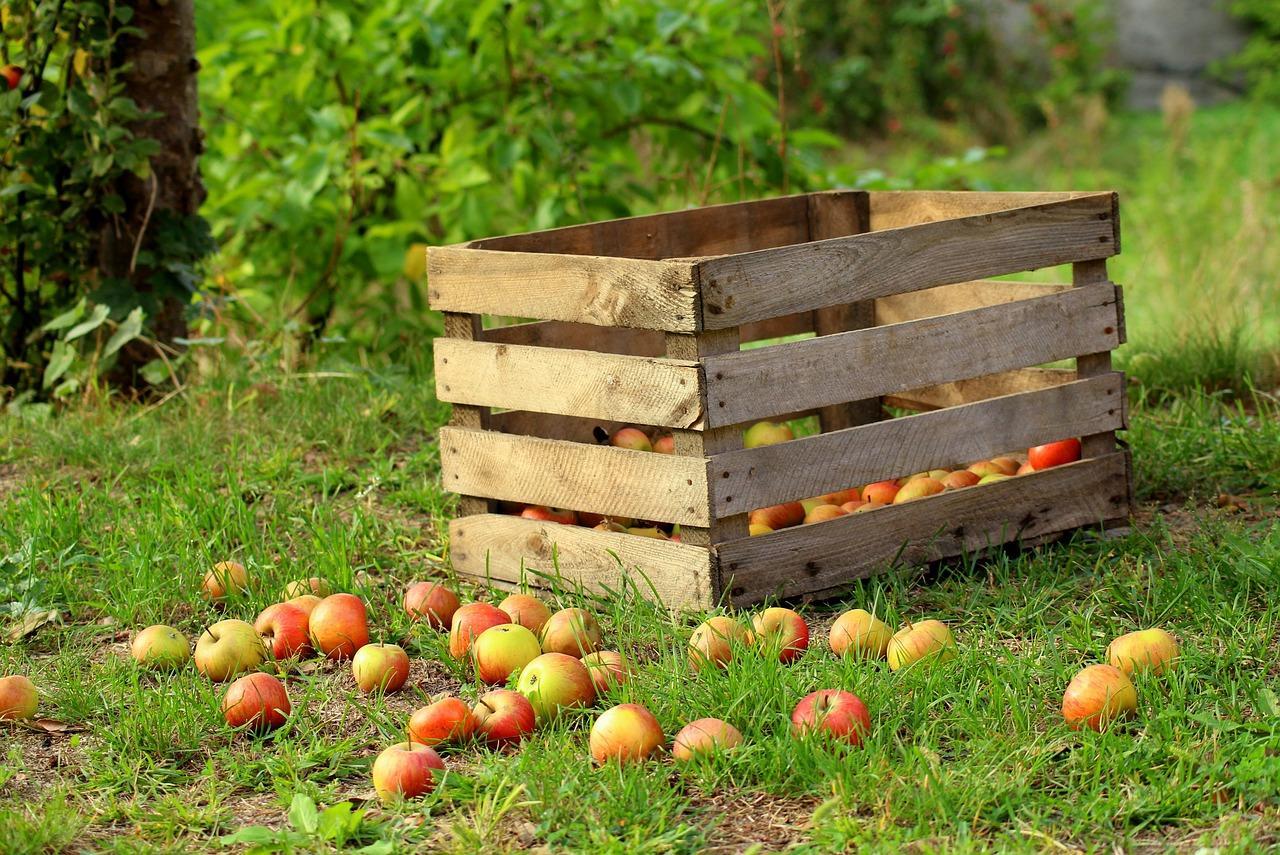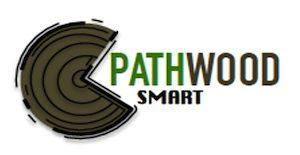SAWN TIMBER
Standard Sawn Timber
Sawn timber, which mainly comes from the pine, spruce and elm species, is the world’s most widely used material for all areas of construction. Its properties, such as the many possible uses, its high strength to weight ratio and its easy mouldability, are advantages that have extended its use for many years.
Our raw material for the production of this product comes from sustainable forest management and is processed according to the latest technologies.
This type of resource is very versatile and its dimensions are obtained by different cuts and quarterings that seek to make the best use of the trunk.
Please contact us for further information.
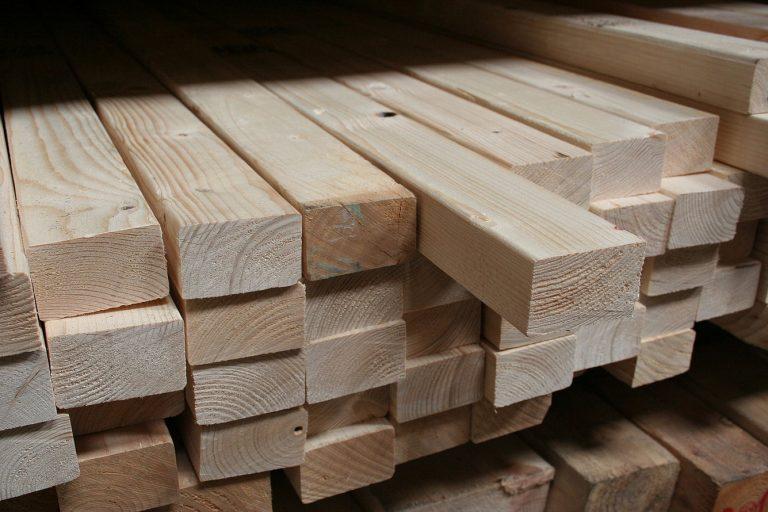
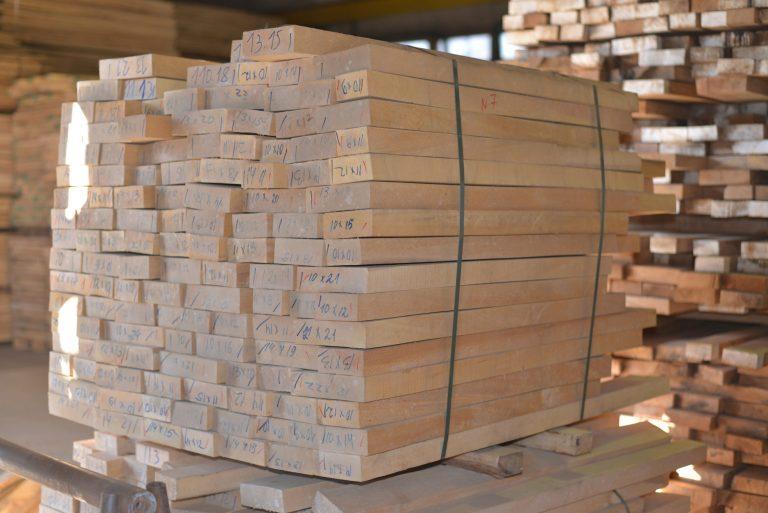
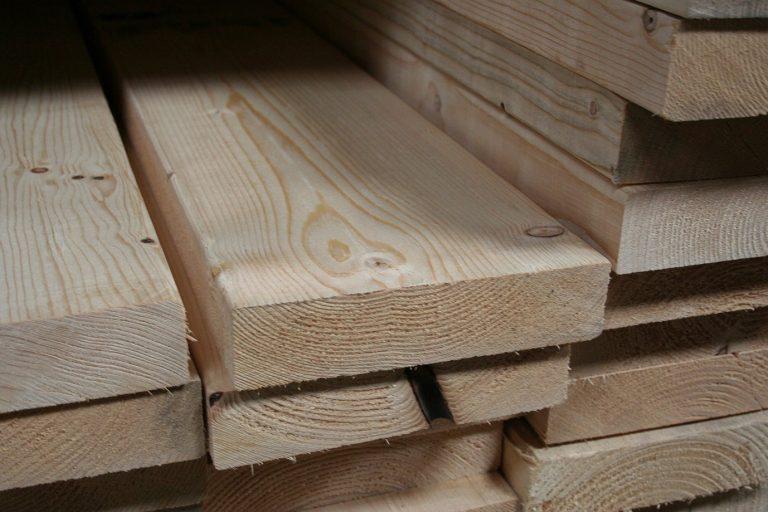
Types
Depending on its use, it can be provided to the customer in a multitude of formats. Some of them are listed below.
● Boards: unsanded, untreated, rectangular section pieces with thicknesses between 20 and 38 mm (normally not exceeding 41 mm thick).
● Planks: with thicknesses equal to or greater than 52 mm and less than 100 mm.
● Crossbar: square section lath with a side equal to or greater than 52 mm.
● Joists: these are rectangular in section with thicknesses greater than 100 mm and less than 150 mm.
● Beams: like the joists but with thicknesses greater than 150 mm.
● Logs: parts resulting from sawing a log lengthwise by means of parallel cuts of the same thickness, which are not edged. The whole of the recomposed log is often referred to as a bull.
● Ripia: unplaned sawn piece of approximately 10 – 25 mm thick, 15 – 22 cm wide and 2.20 – 2.40 m long (not standardised but often used in rural construction and rehabilitation).
Characteristics
-
● 100% natural and renewable raw material.
● Raw, kiln-dried, planed, strength graded and cut to size.
Sustainably produced, no excessive logging.
● Recyclable and CO2 neutral.
● Improved static properties with low dead weight.
● Thermally insulating and therefore energy-saving building material.
Applications
-
● Production of pallets for transport and storage.
● Boxes for fruit and vegetable packaging in the agricultural sector.
● Carpentry and construction: battens, brackets, packaging material, planed products, glued laminated panels, window frames, shuttering, profiled panels and much more.
